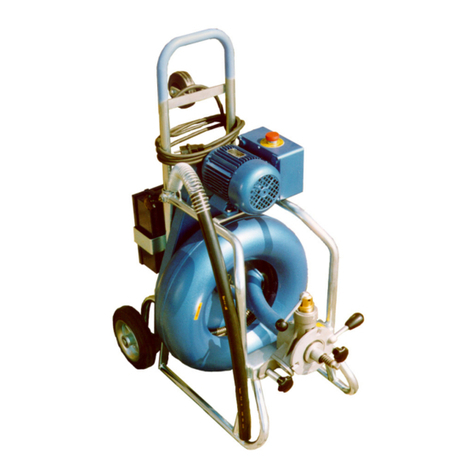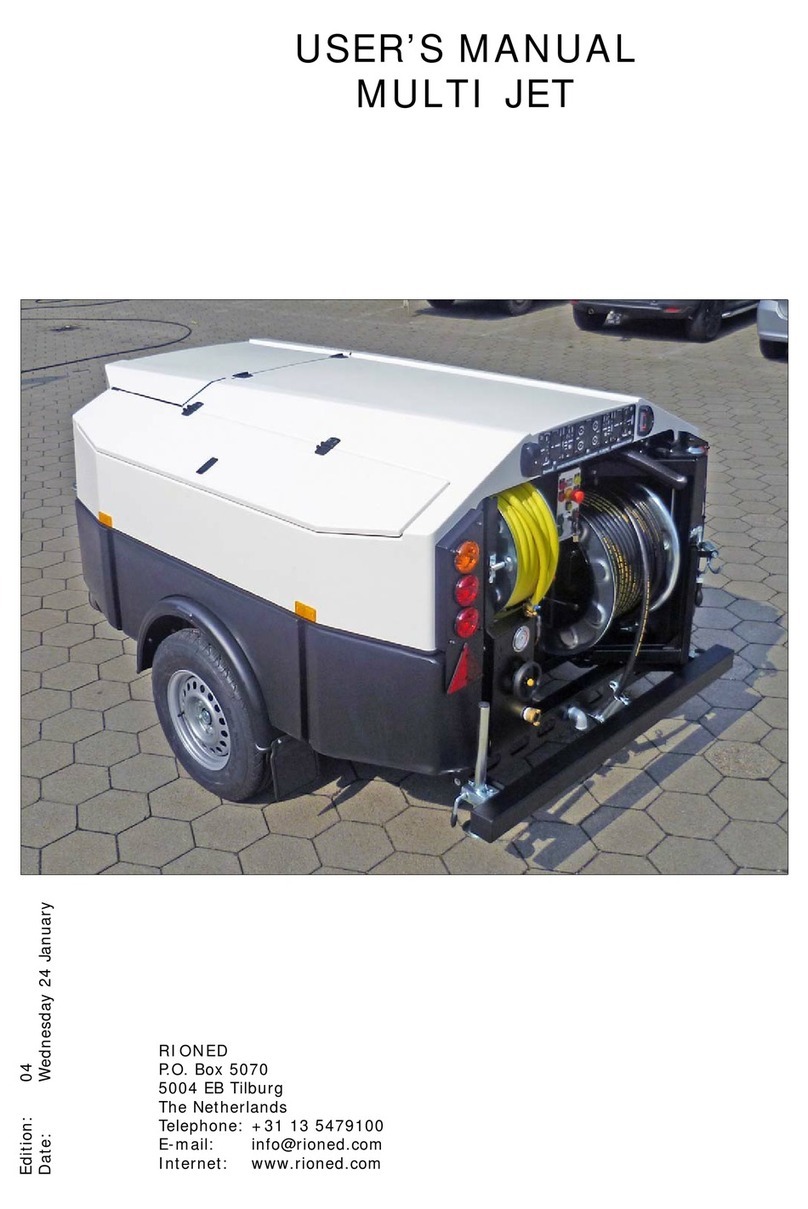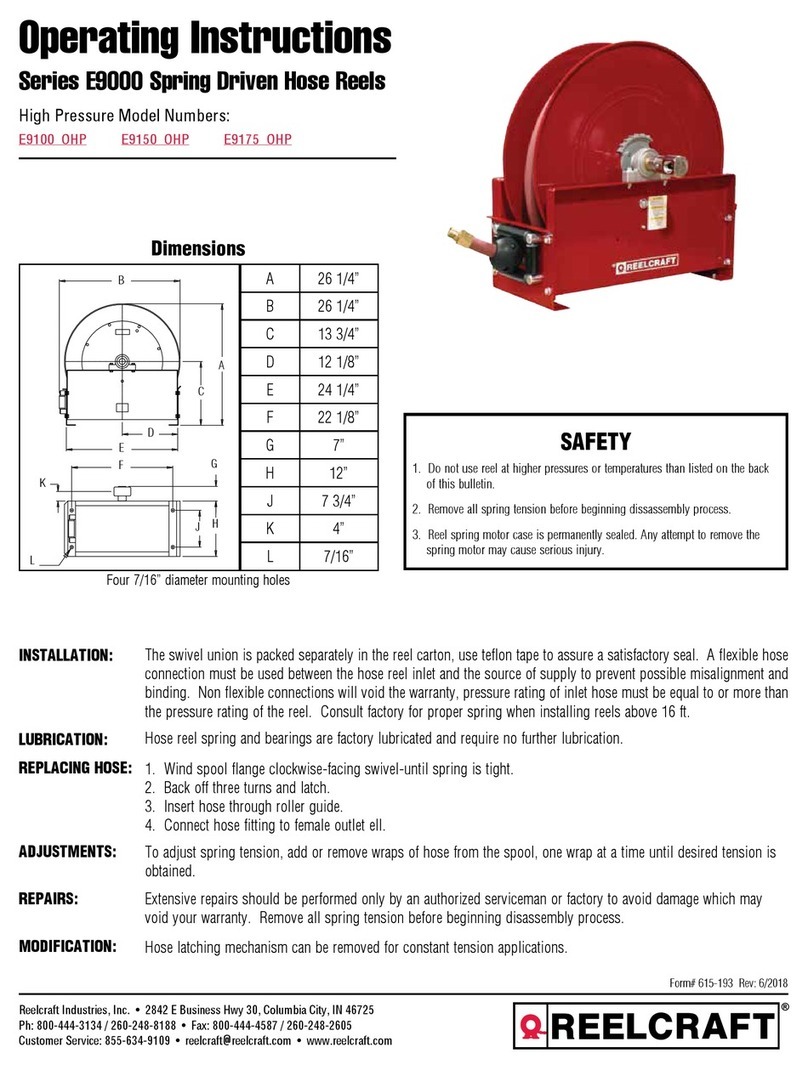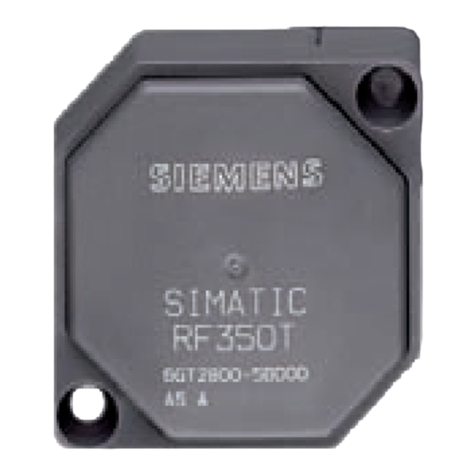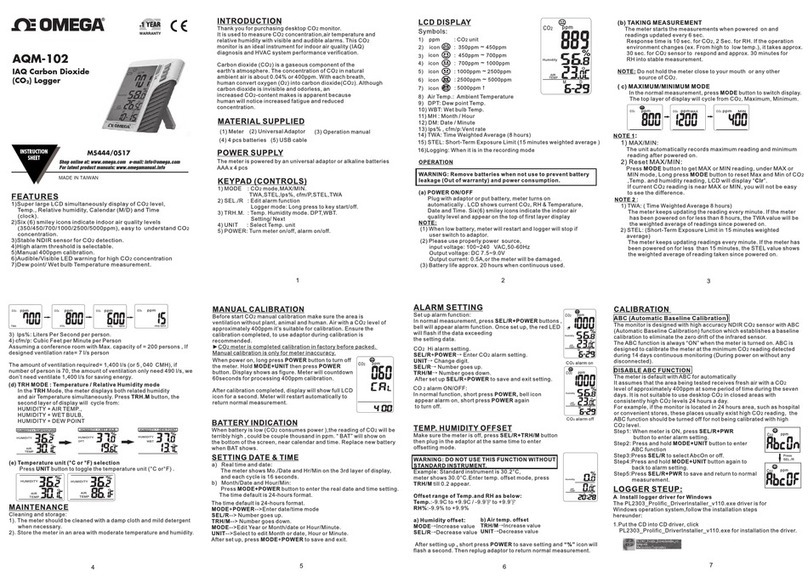Rioned VICTOR 2000 User manual

USER’S MANUAL
VICTOR 2000
Edition: 02
Date: Tuesday 3 April 2012
RIONED
P.O. Box 5070
5004 EB Tilburg
The Netherlands
Telephone : +31 13 5479100
Fax : +31 13 5479104

04/12 2
©Copyright 04/12 Rioned/RIOR B.V.Tilburg- Nederland.
All rights reserved. No part of this publication may be copied or published by means of printing, photocop-
ying, microfilm or otherwise without the prior written consent of RIONED. This restriction also holds for
the corresponding drawings and diagrams.
RIONED has the right to change parts of the machine at any time without any prior or direct warning to the
client. Similarly, the contents of this manual can also be changed without any prior warning.
This manual is to be used only for this machine.
For extra information on adjustments, maintenance and repair, contact the technical department of your
dealer.

04/12 3
Foreword
This user’s manual is a manual for the professional user.
This user’s manual has the purpose to control the machine in a safety manner and must be saved with the
machine.
The photos and drawings help you understand the text easier.
First the user’s manual gives you an overview of the most important safety aspects. Then we explain how
the machine is built up and the global working of the machine.
Chapter “Technical specifications” gives you information about the working characteristics, performance
under normal use and construction specifications.
“Control” is the next chapter. This chapter explains how to use the machine systematically.
In the chapter “Maintenance”, the user can do small maintenance on the machine.
Chapter “Trouble shooting” has the purpose to solve simple defects.
With the “Exploded views” you can order original spare parts, are also useful for mounting, and disassemble
the machine.
Finally gives the chapter “Appendix” information about electrical and/or hydraulic connections.

04/12 4

04/12 5
TABLE OF CONTENTS
1 INTRODUCTION ............................................................................................................... 7
1.1 Use............................................................................................................................... 7
2 SECURITY........................................................................................................................... 9
2.1 Instruction indications in this manual.......................................................................... 9
2.2 Descriptions security measures ................................................................................... 9
2.3 Personnel protection outfit .......................................................................................... 9
2.4 Warnings...................................................................................................................... 9
2.5 Personnel qualification and education....................................................................... 10
2.6 Danger that can occur if the security regulations aren’t observed ............................ 10
2.7 Working safely .......................................................................................................... 10
2.8 Security regulations for the user and technical service ............................................. 10
2.9 Security regulations for maintenance, inspection and mounting activities ............... 10
2.10 Making changes and fabricate spare parts................................................................. 10
2.11 Improper use.............................................................................................................. 10
2.12 Safety instructions ..................................................................................................... 11
3 TECHNICAL SPECIFICATIONS .................................................................................. 13
3.1 General ..................................................................................................................... 13
3.2 Engine.......................................................................................................................14
4 CONSTRUCTION............................................................................................................. 15
5 CONTROL ......................................................................................................................... 17
5.1 Transport....................................................................................................................17
5.2 Controls .....................................................................................................................17
5.3 Before unblocking ..................................................................................................... 18
5.4 Unblocking ................................................................................................................ 18
6 MAINTENANCE............................................................................................................... 19
6.1 General ......................................................................................................................19
6.2 Cleaning the clamping system................................................................................... 19
6.3 Lubrication ................................................................................................................ 19
6.4 Security guide hose with adapter............................................................................... 19
6.5 Extensive periodical maintenance ............................................................................. 19
6.6 Maintenance schedule ............................................................................................... 20
7 ACCESSORIES ................................................................................................................. 21
7.1 Auxiliaries that can be coupled: ................................................................................ 21
8 EXPLODED VIEWS ......................................................................................................... 25
8.1 Exploded view. .......................................................................................................... 26
8.2 Bill of material Viktor 2000 ...................................................................................... 27
8.3 Exploded view Adaptor drum 8 mm ......................................................................... 28
8.4 Exploded view Adaptor drum 10 mm ....................................................................... 29
9 APPENDIX......................................................................................................................... 31

04/12 6
9.1 EC declaration Of Conformity For Machinery ......................................................... 31
9.2 Sales Managers.......................................................................................................... 32
9.3 Sound level report...................................................................................................... 33
9.4 Electric schema.......................................................................................................... 34
10 INDEX ................................................................................................................................ 35

04/12 7
1 INTRODUCTION
RIONED wishes to thank you for your purchase of the RIONED drain and sewer-clearing machine.
We recommend that you read this manual thoroughly and see that the machine is handled and main-
tained in the proper manner. If your machine should give trouble and need servicing, when you want
to order parts, or if you have any questions, contact your RIONED dealer.
The machine is built by:
RIONED
P.O. Box 5070
5004 EB Tilburg
The Netherlands
Telephone : +31 13 5479100
Telefax : +31 13 5479104
Your machine is specifically designed to clean drain- and sewer pipes with a diameter from 32
mm to 250 mm by using specially manufactured cleaning springs with a diameter of 16 mm,
to 22 mm diameter.
The machine may only be used by authorized personnel.
The machine can not be used in an explosive environment.
Fill the security guide hose only with springs we describe in this manual.
In this manual you will find all necessary information concerning operations and maintaining your
machine. If handled properly, your machine is guaranteed according the general delivery condi-
tions.
1.1 Use The main shaft is being driven by the electrical motor by means of a gear transmission inside the
housing. The main shaft is connected to the clamping system. By pushing the control lever down-
wards, the two clamps grips on the spring. Now the spring starts turning. By releasing the control
lever, the spring stops turning. The spring can now be transported forwards and backwards.
Spring locked
Spring free

04/12 8

04/12 9
2 SECURITY
Be responsible for other people when you are working with this machine.
This manual contains instructions for fundamental conditions that must be followed by use and
maintenance of this machine.
That is why it is necessary that authorised and qualified personnel must read the user's manual and
the user’s manual must always be available with the machine. Near the general regulations in this
chapter, you must also follow the security regulations in the other chapters.
2.1 Instruction in-
dications in this
manual
The in this manual containing security instructions, which are dangerous if they are not obeyed, are
marked with general security signs.
Security sign DIN 4844-W9.
2.2 Descriptions se-
curity measures
• Emergency stop
This machine is equipped with an emergency stop. By operating the emergency stop, the
machine will stop immediately. Do not use this button for normal stopping. Only use it
when dangerous situations occur. After use, remove the danger and pull the emergency
stop in order to be able to start up again. Make sure the emergency stop can always be
reached.
• Security covers
This machine is equipped with several security covers over parts that are rotating. It is
forbidden to remove these security covers during operating this machine. You can only
remove them if there is maintenance on the machine. Stop the machine and take the plug
out of the wall socket.
2.3 Personnel pro-
tection outfit
• Protection looking glasses
• Gloves (Recommended)
2.4 Warnings Never take the spring when turning.
Do not let the spring turn outside ( swing of the spring).
Take care of a stable disposition of the machine.
Never block the control lever, unless this is mentioned.
Do not wear cloth that hangs loose.
Please note safety instructions (See Chapter 2.12 "Safety instructions" page: 11).
Always use a wall socket that is earthed.
Never start the machine with the control lever downwards.
Never touch the spring if it is rotating. Not even with auxiliaries or other tools.
Never let the spring rotate outside a sewer, drain or pipe.
Always use the security guide hose or the adapter drum.

04/12 10
Make sure the machine is stable during operation.
Do not let the machine operate without supervision.
2.5 Personnel qual-
ification and educa-
tion
Personnel that use, maintain and inspect the machine must have the right qualifications for this job.
Responsibility and authorisation of the personnel and the supervision on the personnel must be em-
bedded. If the knowledge is not present, the user must provide for the necessarily education.
2.6 Danger that can
occur if the security
regulations aren’t
observed
If the security regulations are not observed, danger can occur for personnel and for the environment.
No amends are given if the regulations are not observed.
If the regulations are not observed, this can results in:
• Failure of important functions of the machine.
• Failure of prescribes methods for maintenance.
• Exposure of persons to dangers of electrical or mechanical failures
2.7 Working safely The in this manual named security prescriptions, the national prescriptions to prevent accidents and
the internal labour, company and security prescriptions must be followed by the user.
2.8 Security regula-
tions for the user
and technical ser-
vice
• Protections of moving parts (for example couplings) may not be removed if the machine
is working.
• Leakage of dangerous mediums must disposed in a manner that there is no danger for the
personnel and environment. Statutory regulations must be followed.
• Danger caused by electricity must be excluded.
2.9 Security regula-
tions for mainte-
nance, inspection
and mounting activ-
ities
• The user sees to it that qualified technicians do all maintenance, inspection and mounting
activities. They must study the manual thoroughly.
• Maintenance may only be done when the machine is not functioning and the plug is out
of the wall socket.
• The in the user’s manual mentioned handling to stop the machine must be notified.
• Directly after maintenance of the machine, all the security and protection facilities must
be functionally.
• Before starting the machine again, you must follow the instructions correctly.
2.10 Making
changes and fabri-
cate spare parts
Changes to the machine are only permitted if Rioned has given written authorisation. The use of
original spare parts and accessories are for the safety necessary. Rioned is not responsible for inju-
ries or damages if other spare parts are used.
2.11 Improper use The security during working with the machine is only guaranteed if the use of the machine is con-
form the user’s manual. The limits that are written in chapter “Technical Specifications” and “Ap-
pendix” may never be overstept.
If the machine does not work or give troubles, it is forbidden to work further with the machine. Tel-
ephone your dealer or the technical department of Rioned
Telephone: +31 (0) 13-5479100
This manual contains all the necessary information concerning control and maintenance. If the de-
vice is positioned correctly, properly controlled, and regularly maintained, a warranty will be given
according to the general conditions of delivery. However, should it arise that the control and main-
tenance procedures are not diligently followed, the warranty will become invalid.

04/12 11
2.12 Safety
instructions
Warning: When using electric tools, basic safety precautions should always be
followed to reduce the risk of fire, electric shock, and personal injury, including the
following. Read all these instructions before attempting to operate this product and
safe these instructions.
For safe operation:
1. Keep working area clean.
Cluttered areas and benches invite injuries.
2. Consider working area environment.
Don't expose electric tools to rain. Don't use electric tools in damp or wet locations. Keep
working areas well lit. Do not use tool in presence of flammable liquids or gases.
3. Guard against electric shock.
Prevent body contact with grounded surfaces. For example: pipes, radiators, ranges, re-
frigerator enclosures.
4. Keep children and visitors away.
Do not let visitors contact tool or extension cord. Al1 visitors should be kept away from
work area.
5. Store idle tools.
When not in use, tools should be stored in dry, and high or locked place - out of reach of
children.
6. Don't force tool.
It will do the job better and safer at the rate for which it was intended.
7. Use right tool.
Don't force small tool or attachment to do the job of a heavy-duty tool. Don't use tool for
purpose not intended - for example - don't use circular saw for cutting tree limbs or logs.
8. Dress properly.
Do not wear loose clothing or jewellery. They can be caught in moving parts. Rubber
gloves and non-skid footwear are recommended when working outdoors. Wear protec-
tive hair covering to contain long hair.
9. Use safety glasses.
Also use face or dust mask if cutting operation is dusty.
10. Don't abuse cable.
Never carry tool by cord or yank it to disconnect from receptacle. Keep cord from heat,
oil, and sharp edges.
11. Secure work.
Use clamps or a vice to hold work. It's safer than using your hand and it frees both hands
to operate tool.
12. Don't overreach.
Keep proper footing and balance at all times.
13. Maintain tools with care.
Keep tools sharp ~ clean for better and safer performance. Follow instructions for lubri-
cating and -changing accessories. Inspect tool cords periodically and if damaged, have
repaired by authorized service facility. Inspect extension cords periodically and replace
if damaged. Keep handles dry, clean, and free from oil and grease.
14. Disconnect tools.
When not in use, before servicing, and when changing accessories, such as blades, bits,
cutters.
15. Remove adjusting keys and wrenches.
Form habit of checking to see that keys and adjusting wrenches are removed from tool
before turning it on.
16. Avoid unintentional starting.
Don't carry plugged-in tool with finger on switch. Be sure switch is off when plugging in.
17. Outdoor use extension cords.
When tool is used outdoors, use only extension cords intended for use outdoors and so
marked.
18. Stay alert.
Watch what you are doing. Use common sense. Do not operate tool when you are tired.

04/12 12
19. Check damaged parts.
Before further use of the tool, a guard or other part that is damaged should be carefully
checked to determine that it will operate properly and perform its intended function.
Check for alignment of moving parts, binding of moving parts, breakage of parts, mount-
ing, and any other conditions that may affect its operation. A guard or other part that is
damaged should be properly repaired or replaced by an authorized service centre unless
otherwise indicated elsewhere in this instruction manual. Have defective switches re-
placed by authorized service centre. Do not use tool it if cannot be turned on and off by
the switch.
20. Warning.
The use of any other accessory or attachment other than recommended in this operating
instruction or the catalogue may present a risk of personal injury and could invalidate any
guarantee.
21. Tool repairing by expert only.
This electric tool is in accordance with the relevant safety rules. Repairing of electric
tools may be carried out only by experts, otherwise it may cause considerable danger for
the user.

04/12 13
3 TECHNICAL SPECIFICATIONS
3.1 General
Description (symbol) Unit
Type : Viktor 2000
Total length (l) : 0,542 m
Total height (h) : 0,645 m control lever up
0,520 m control lever down
Total width (b) : 0,250 m
Weight (dry) (m) : 22,5 kg
Spring length (l) : 2 m and 4 m
Maximum spring length (l) : 60 m, spring 22 mm
40 m, spring 16 mm
Spring diameters without adaptor drum (d):16 mm and 22 mm
Spring diameters with adaptor drum (d):8 mm and 10 mm
Springs suitable for sewer diameter (d):32 mm to 250 mm
Place type plate : Side engine
Place frame number: 20 XX XX XXX : on house by bow
Measured sound value : see chapter 9.3 Sound level report page: 33
Position : see chapter 9.3 Sound level report page: 33
In and out speed spring (v) : Manual
Rotation direction : Left and right
Number of revolutions main axle (n) : 750 rpm
Year of construction (month/year) : See type plate on frame
Following number
Year of construction
Month
Viktor 2000

04/12 14
3.2 Engine
Description (symbol) Unit
Type : Flender ATBauknecht - Loher
Number of revolutions (n) : 1380 rpm.
Power (P) : 0,750 kW 1 HP
Vo l t a g e ( U) : 230 V according to IEC38
Frequency (f) : 50 Hz.
Current (I) : 5,1 A
Condensator : CB40F400 VDB
Security : Thermal
Cos :0,94
Isolation class : IP 54

04/12 16

04/12 17
5CONTROL
If you control, maintain or inspect the machine, you must have the right
qualifications for this job. If you do not have the necessarily knowledge, you may
not use the machine. Further, you must convince yourself that you understand this
manual thoroughly.
5.1 Transport See to it before you transport the machine:
• That the plug is out of the wall socket.
• The spring is out of the machine.
• The security guide hose is dismantled.
You can use the control lever as a carrying handle. You must hook the bow over the control lever.
5.2 Controls 1. Star knob:
By loosening the two star knobs, you can dismantle the clamping system.
2. Control lever:
By pushing the control lever downwards, the spring starts turning. When you release the
control lever or push it upwards, the spring stops turning.
3. Switch:
With this you start, stop and turn to the other direction the mainaxle of the machine.
4. Emergency stop (= Switch):
By operating this stop, the machine will stop.. Use it when dangerous situations occur.
After use, remove the danger. Make sure the emergency stop can always be reached.

04/12 18
5.3 Before
unblocking
1. Place the machine as close as possible near the drain or sewer to be cleaned.
2. Connect the security guide hose to the clamping system.
3. Choose a 16 mm spring for drains from 40 to 100 mm. Choose a 20 mm spring
for drains from 100 to 250 mm.
Choose the 8 mm or 10 mm adapter drum for drains with small diameter.
4. Put the spring into the machine and into the security guide hose.
5. Connect the desired cleaning aid to the spring (see chapter 7.1 Auxiliaries that can be
coupled: page: 21).
6. Feed the spring in the drain or sewer opening until you notice any resistance.
7. Couple, if necessary, a second spring after the first spring if the blockage is not reached
You can couple the end of the first spring at the coupling on the front of the frame when
you put the second spring into the machine. You prevent this way that the first spring dis-
appears into the sewer.
8. See to it that there is ±0,5 m spring between the machine and the inlet opening.
5.4 Unblocking
Attention!
Only feed the spring when the motor is switched off.
1. Release the spring.
2. Turn the switch to start the engine.
3. Push the control lever downwards. The spring feed his way into the dirt.
4. Release the control lever, pull the spring and push the control lever. The spring shall
works his way further into the dirt. Repeat this movement until the blockage is disap-
peared or the end of the spring is in sight.
5. If the end of the spring is in sight, couple then a new spring on the end from the spring
that is already in the sewer. Do this till the blockage is disappeared.
6. Is the pipe clean, turn the direction of the spring. Turn the switch. The spring will now,
if the control lever is downwards, come out of the pipe.
7. Move, if necessary, several times the spring back and forwards at the place of blockage.
If slip occurs during pushing the control lever, pull immediately the control lever upwards. Change
the rotation direction and push the control lever downwards again.
If the slip does not disappear, the spring is locked in the pipe and must be pulled out or the clamping
system is damaged and must be replaced.
Clean the clamping system after every unblocking. Protect the clamping system against oxidation.
Use the special spray. The spray can also be used to protect the springs against oxidation.
Illustration 5.3.1
Viktor with adaptor
drum

04/12 19
6 MAINTENANCE
Warning!
Always stop the engine and take the plug out of the wall socket before serving or
repairing the machine.
6.1 General The machine is maintenance free except the clamping system.
Use only original spare parts.
6.2 Cleaning the
clamping system
The clamping system is outside the machine. By loosening the two star knobs, you can dismantle
and clean the clamping system.
1. Position the machine ( Illustration 6.2.1). The bow must be fully to the back.
2. Dismantle the clamping system. You can do this by loosening the two star knobs.
3. Lift the clamping system.
4. Now you can easily remove the clamps and clean it.
5. Check the clamps for damage.
6. Mount everything in opposite order.
6.3 Lubrication Grease the pressure cone regular (see Chapter 8.1 Exploded view. page: 26). Use good quality mul-
tipurpose grease.
6.4 Security guide
hose with adapter
The security guide hose takes care that the spring can not move freely. Keep the hose clean at the
inside. This prevents extra rust on the spring.
Keep the machine clean, it will extend the life of the machine.
6.5 Extensive peri-
odical maintenance
Have the machine checked and maintained from time to time by the technical service of your dealer.
In this way, long life and quality will be guaranteed.
Illustration 6.2.1
Position spring
machine during dis-
mantling the clamp-
ing system.

04/12 20
6.6 Maintenance
schedule
Description Interval
Cleaning the clamping system : Every time before using the machine and by strong
pollution.
Checking clamps : Once a month. Change by wastage.
Cleaning the body of the machine : Weekly or by strong pollution.
Lubrication moving parts : Every 50 hours or at least once every 6 months.
Table of contents
Other Rioned Other manuals
Popular Other manuals by other brands
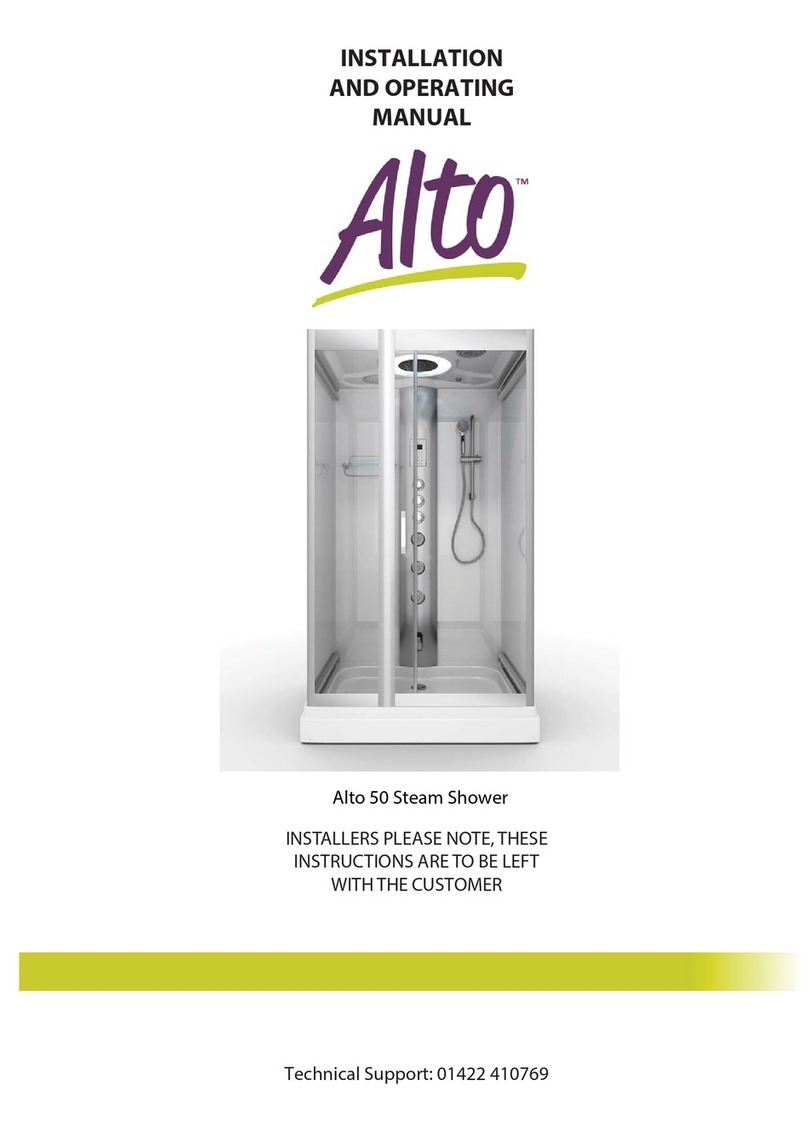
AquaLusso
AquaLusso Alto 50 Installation and operating manual

FUTABA
FUTABA 4PX user manual
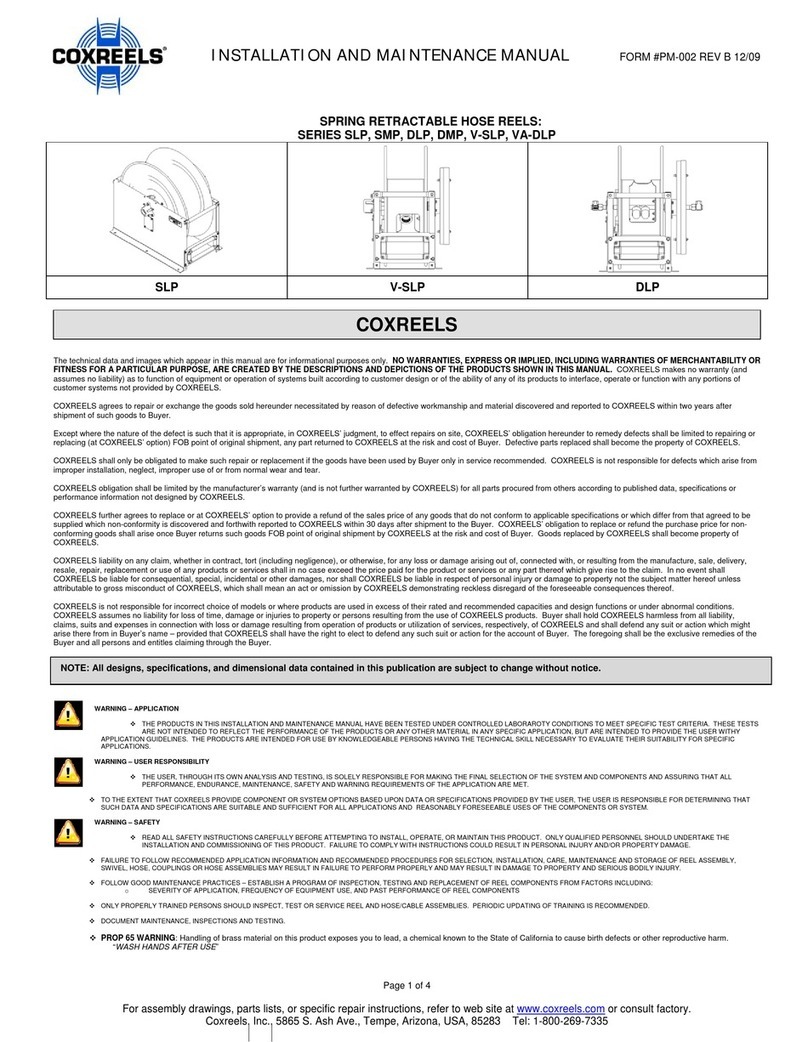
COXREELS
COXREELS SLP series Installation and maintenance manual

injen
injen SP1726 installation manual
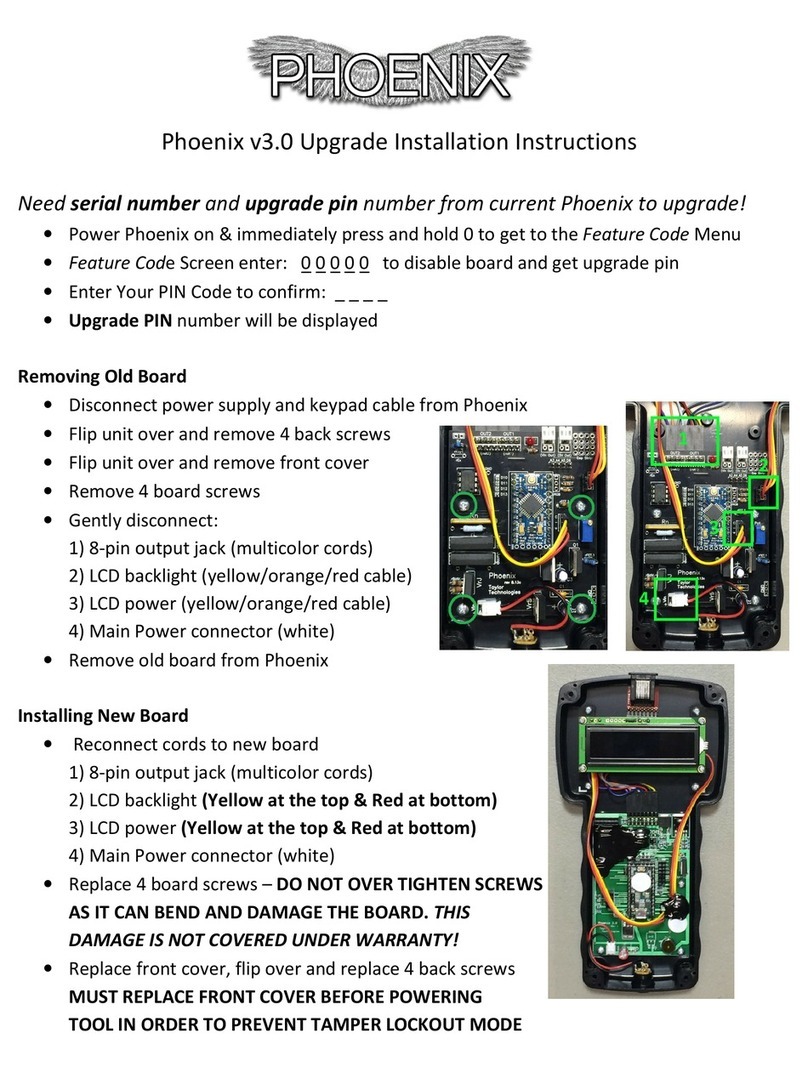
Taylor Technologies
Taylor Technologies Phoenix v3.0 Upgrade Installation Instructions
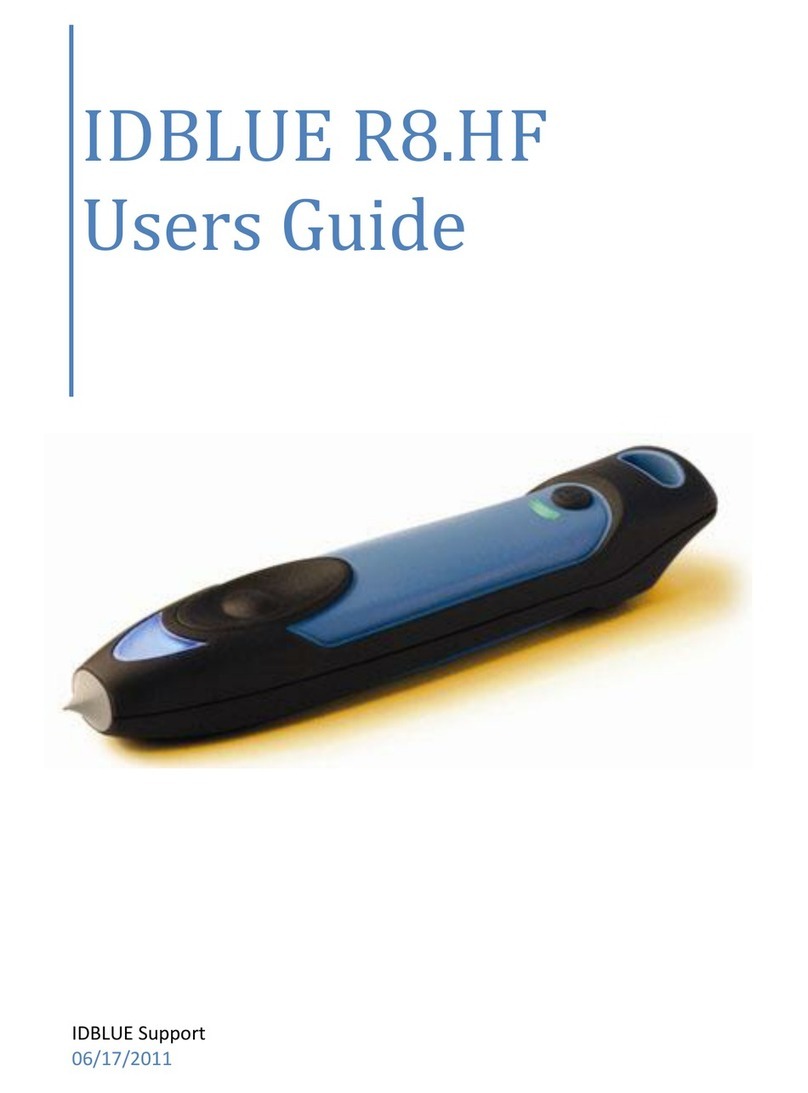
IDBLUE
IDBLUE R8.HF user guide
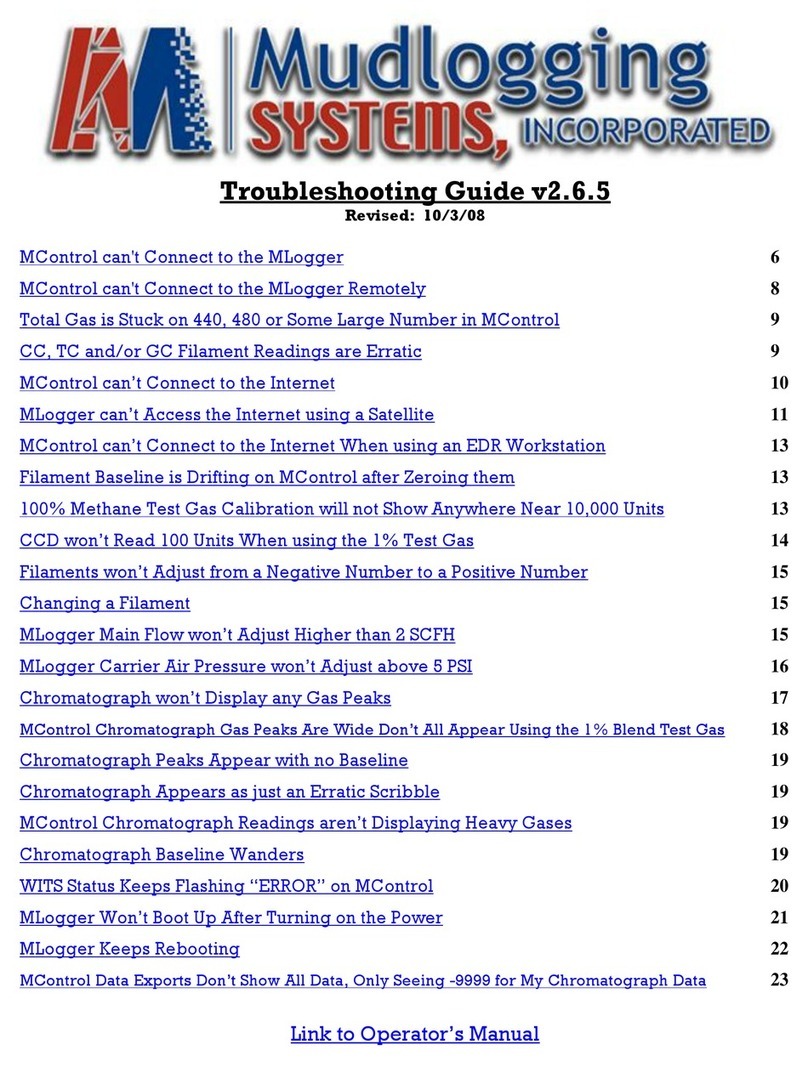
Mudlogging Systems
Mudlogging Systems MLogger TG troubleshooting guide

Jacques Lemans
Jacques Lemans UEFA Champions League U-32 instruction manual
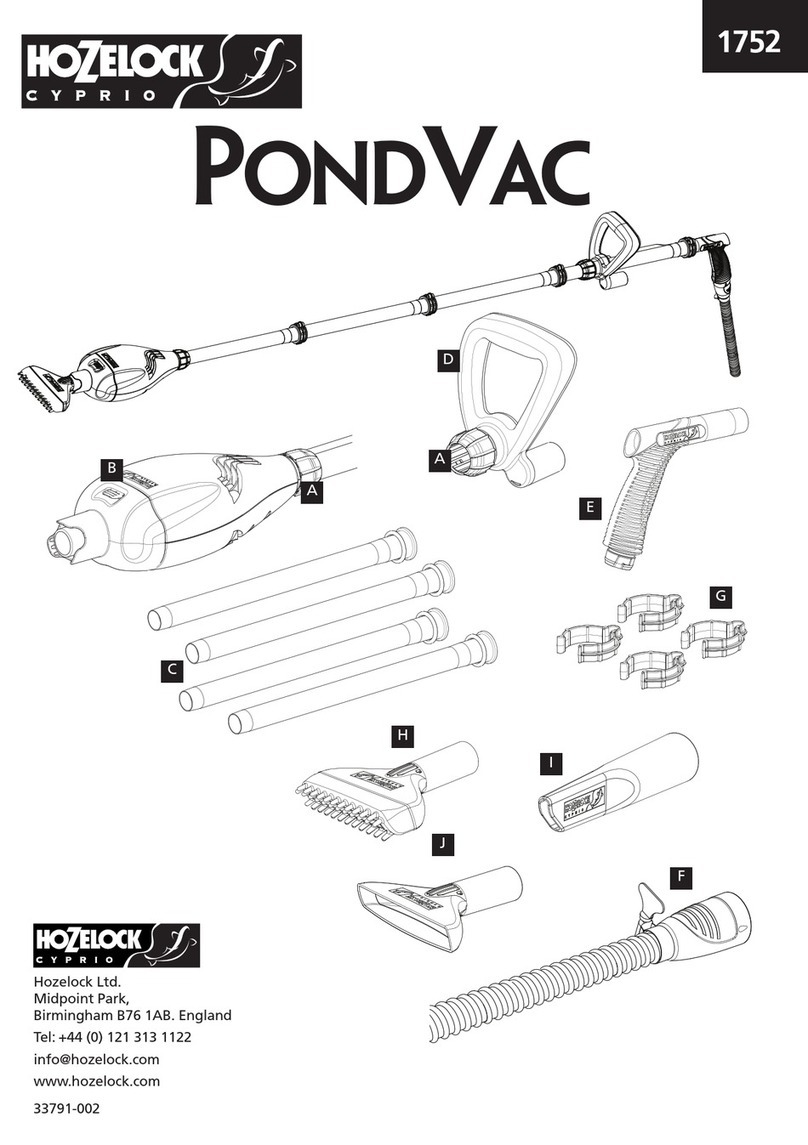
Hozelock Cyprio
Hozelock Cyprio PondVac manual
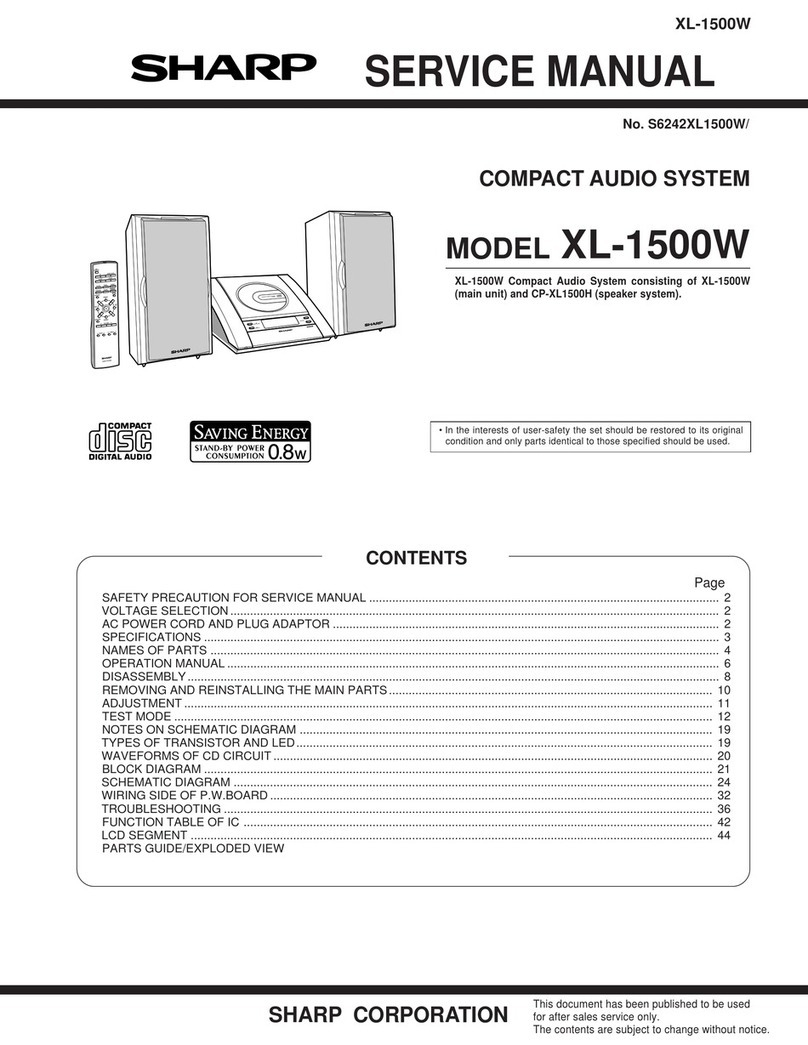
Sharp
Sharp XL-1500W Service manual
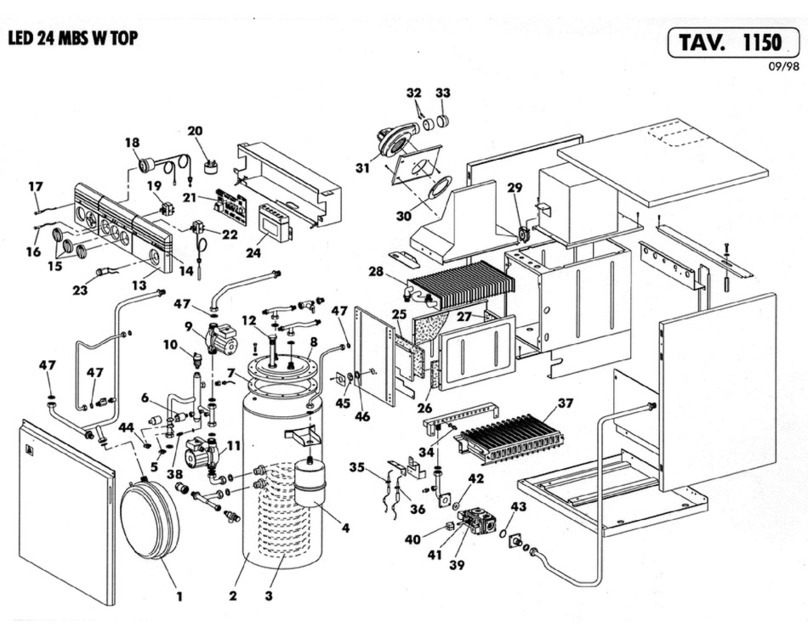
LAMBORGHINI
LAMBORGHINI LED 24 MBS W TOP - SCHEMA manual
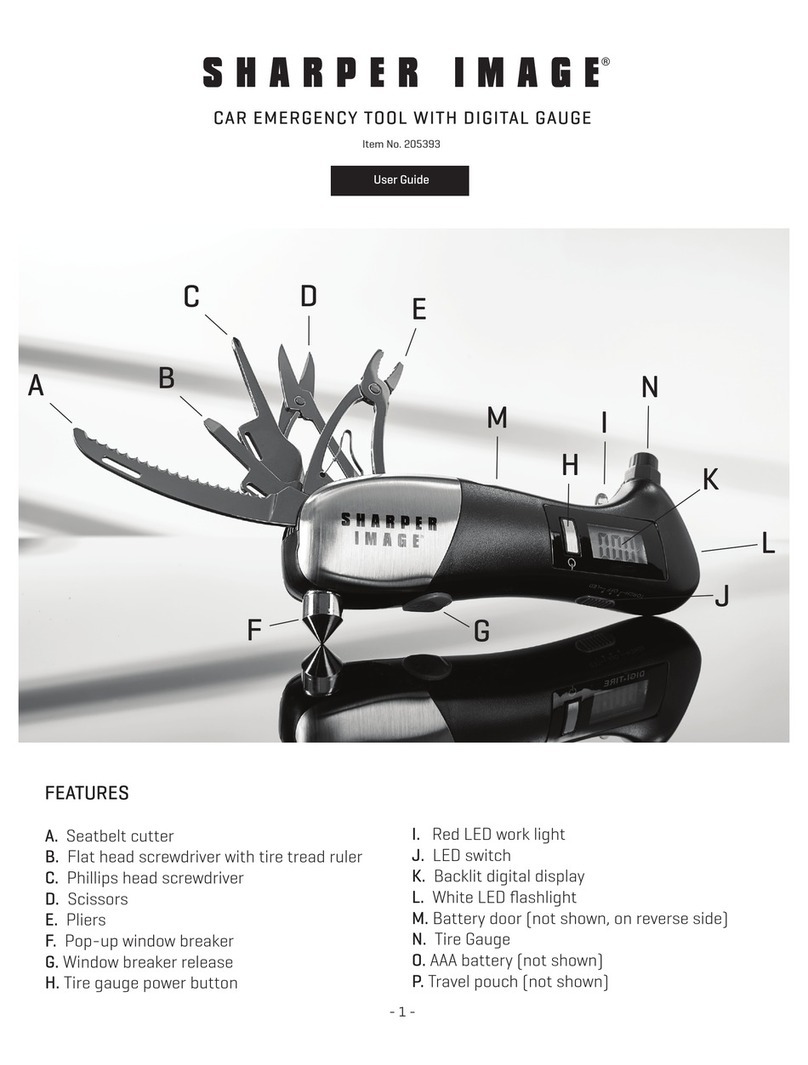
Sharper Image
Sharper Image 205393 user guide

